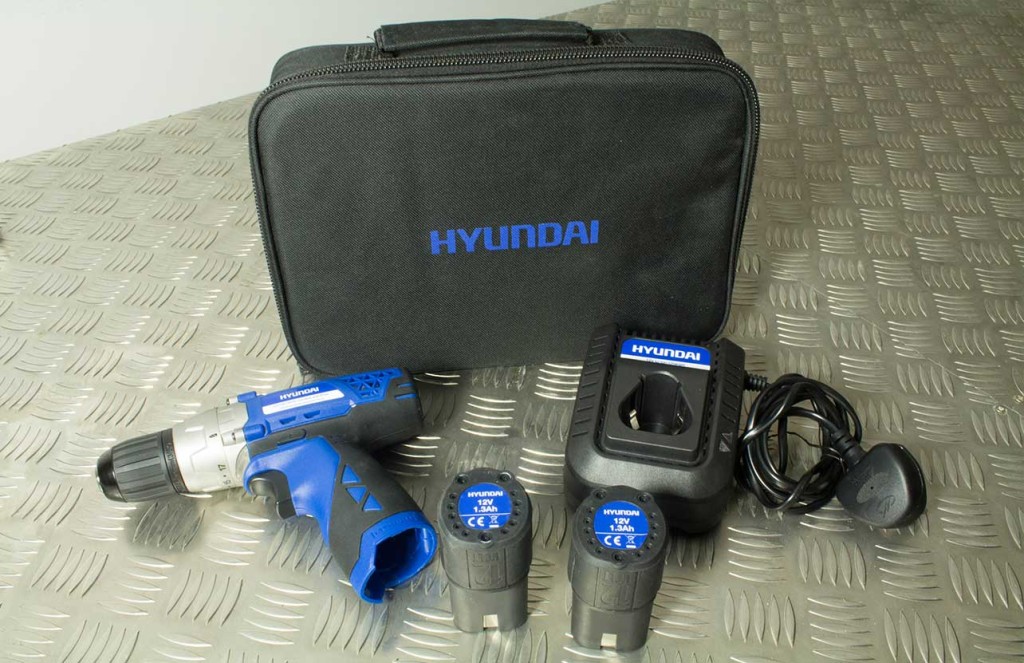The Advantages of Lithium-ion Power Tools

Battery-powered cordless power tools are now more popular than ever, with many DIY enthusiasts feeling they provide added convenience over traditional electric-powered tools.
If you’re on the market for some brand new tools and feel stuck between the choice of corded or cordless, we’ve put together this easy guide on the advantages of lithium-ion powered tools.

Lithium-ion batteries have dropped in price rapidly over the last few years and this once exclusive technology is now readily available at an affordable price.
A lithium-ion battery offers many benefits over older types of batteries on the market, including longer battery life, quicker charging times and low self-discharge.
Furthermore, lithium-ion batteries produce exceptional power for their size, providing the same calibre of performance you would achieve from power tools that are connected to your mains supply.
The voltage (V) and amperage (Ah) will determine the strength and capacity of the battery and this will vary between products and brands.
Think of it as a car - the voltage is how much power you’re applying with the accelerator and the amperage is the capacity of your fuel tank.
Roughly speaking, higher is better when it comes to these figures, but keep in mind that many power tools will require less grunt to be fully powered than the largest of tools, so don’t let a smaller number scare you away. Most cordless tools are supplied with batteries which are more than sufficient to provide the power required.
The biggest benefit of a cordless power tool is the lack of restriction on where you can use it.
Corded power tools require a mains supply to be nearby, which means your workspace is restricted to your nearest plug socket or you have to run an extension cable around.
A cordless power tool can be used absolutely anywhere – providing the battery is charged beforehand, of course.
As previously mentioned, lithium-ion batteries have long life and recharge quickly, so you don’t need to worry about the batteries running out of juice after a few minutes of work.
We would recommend that for bigger jobs you always have a fully charged second battery at hand, however, in case you need your tool to be powered for longer than anticipated.

When buying a cordless power tool you should always check carefully to see what is provided in the box. Ideally, you will have the tool itself, a carry case, 2 batteries and a charging cradle.
All of the Hyundai power tools which we stock feature these as standard and you should consider them the essentials, so take care not to purchase a power tool from a manufacturer who provides just the bare tool.
Charging the batteries couldn’t be simpler - you just need to plug in the charger cradle in to a mains supply, then insert the battery until the light indicates that it’s fully charged.
The size of the battery will determine how long this takes, but most should be capable of recharging during the time it takes to have a relaxing lunch break.
There are also safety benefits to consider with cordless power tools, as they eliminate the risk of electrocution or tripping on power cables and extension leads.
While these can easily be avoided with care, it’s definitely something to think about when creating a safe work zone.
So should you go cordless over corded?
We definitely think that the large number of features and benefits that a cordless power tool offers is a convincing argument.
While we’re certainly not anti-corded power tools, we can’t deny that cordless tools do offer a convenience and freedom that electric power tools simply can’t.
The only downside to a cordless power tool is the necessity to keep a battery powered. However, with some forward planning this is easily achieved.
Ultimately, it will come down to your personal preference and working environments on which type of power tool suits your requirements best, but hopefully now you have a better understanding of what a lithium-ion power tool has to offer.
You can see our full range of lithium-ion cordless power tools here.

